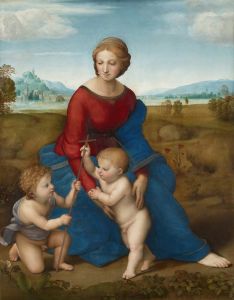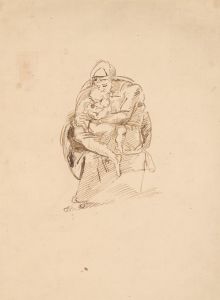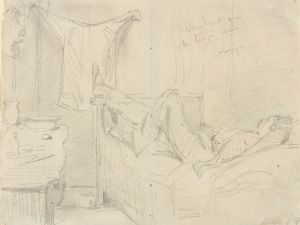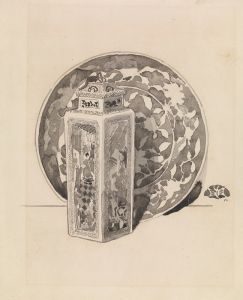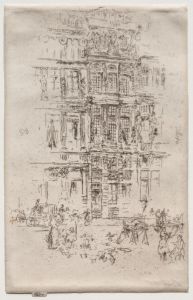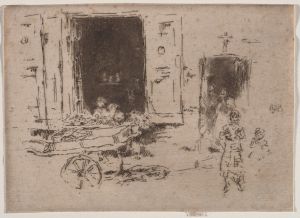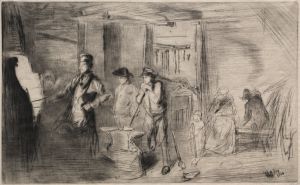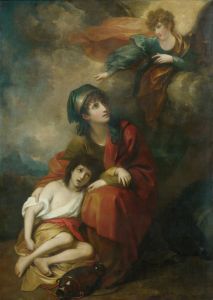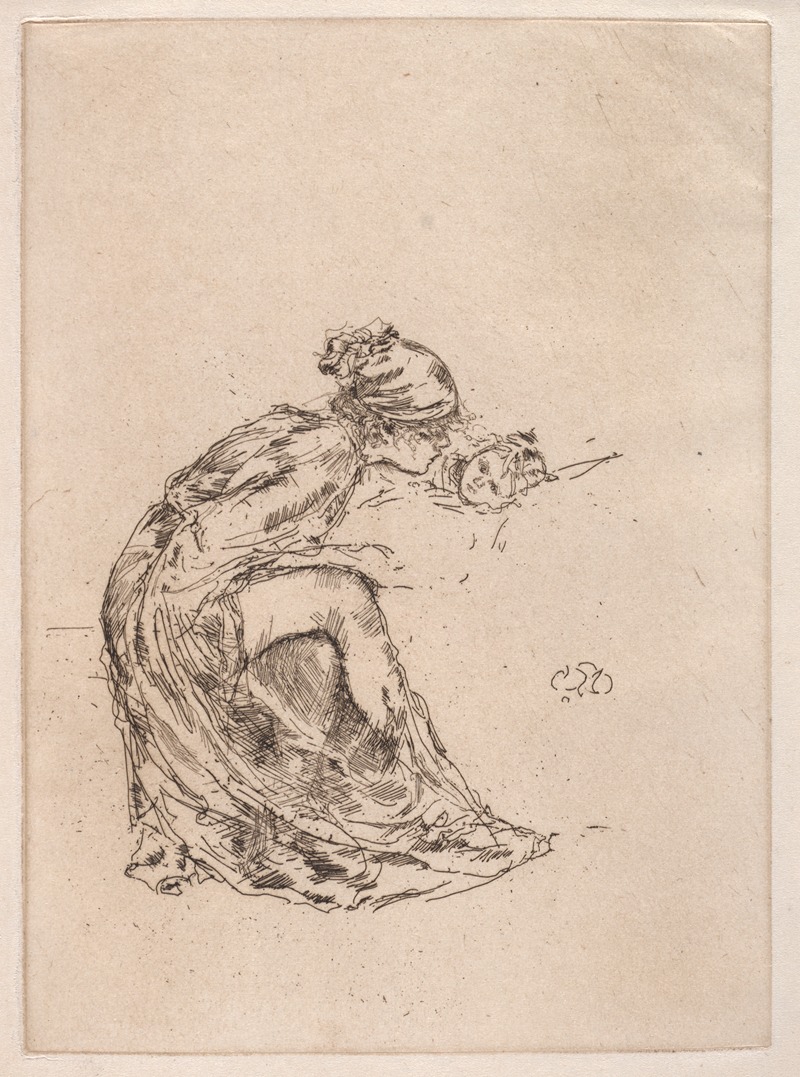
Cameo, No. 1
A hand-painted replica of James Abbott McNeill Whistler’s masterpiece Cameo, No. 1, meticulously crafted by professional artists to capture the true essence of the original. Each piece is created with museum-quality canvas and rare mineral pigments, carefully painted by experienced artists with delicate brushstrokes and rich, layered colors to perfectly recreate the texture of the original artwork. Unlike machine-printed reproductions, this hand-painted version brings the painting to life, infused with the artist’s emotions and skill in every stroke. Whether for personal collection or home decoration, it instantly elevates the artistic atmosphere of any space.
James Abbott McNeill Whistler was an American artist active during the late 19th century, known for his significant contributions to the art world, particularly in the realms of painting and printmaking. One of his lesser-known works is "Cameo, No. 1," which reflects Whistler's distinctive style and artistic philosophy.
Whistler was born in Lowell, Massachusetts, in 1834, and spent much of his early life in Europe. He was heavily influenced by the European art scene, particularly the Aesthetic Movement, which emphasized art for art's sake, focusing on beauty and visual harmony rather than narrative content. Whistler's work often featured a subtle use of color and tone, and he was known for his innovative approach to composition and form.
"Cameo, No. 1" is a work that exemplifies Whistler's interest in the interplay of light and shadow, as well as his fascination with the delicate balance of color and form. While specific details about the creation and exhibition history of "Cameo, No. 1" are not extensively documented, it is consistent with Whistler's broader body of work, which often explored themes of simplicity and elegance.
Whistler's artistic philosophy was deeply rooted in the idea that art should evoke an emotional response through its aesthetic qualities rather than through a narrative or moral message. This approach is evident in "Cameo, No. 1," where the focus is on the visual impact of the piece rather than any specific story or subject matter. Whistler's use of subtle gradations of tone and his attention to the harmony of the composition are hallmarks of his style.
Throughout his career, Whistler was known for his innovative techniques and his ability to capture the essence of his subjects with minimalistic yet expressive brushwork. His work often drew comparisons to music, with Whistler himself likening his paintings to musical compositions, where each element played a role in creating a harmonious whole.
In addition to his paintings, Whistler was also a prolific printmaker, and his etchings and lithographs are highly regarded for their technical precision and artistic beauty. His influence extended beyond his own work, as he played a significant role in the development of modern art, inspiring future generations of artists to explore new approaches to composition and form.
While "Cameo, No. 1" may not be as widely recognized as some of Whistler's other works, such as "Arrangement in Grey and Black No. 1" (commonly known as "Whistler's Mother"), it remains an important part of his artistic legacy. The piece reflects Whistler's commitment to the principles of the Aesthetic Movement and his dedication to creating art that transcends conventional boundaries.
In summary, "Cameo, No. 1" by James Abbott McNeill Whistler is a testament to the artist's innovative spirit and his pursuit of beauty and harmony in art. Although specific details about the work are limited, it is representative of Whistler's broader contributions to the art world and his enduring influence on the development of modern artistic expression.





